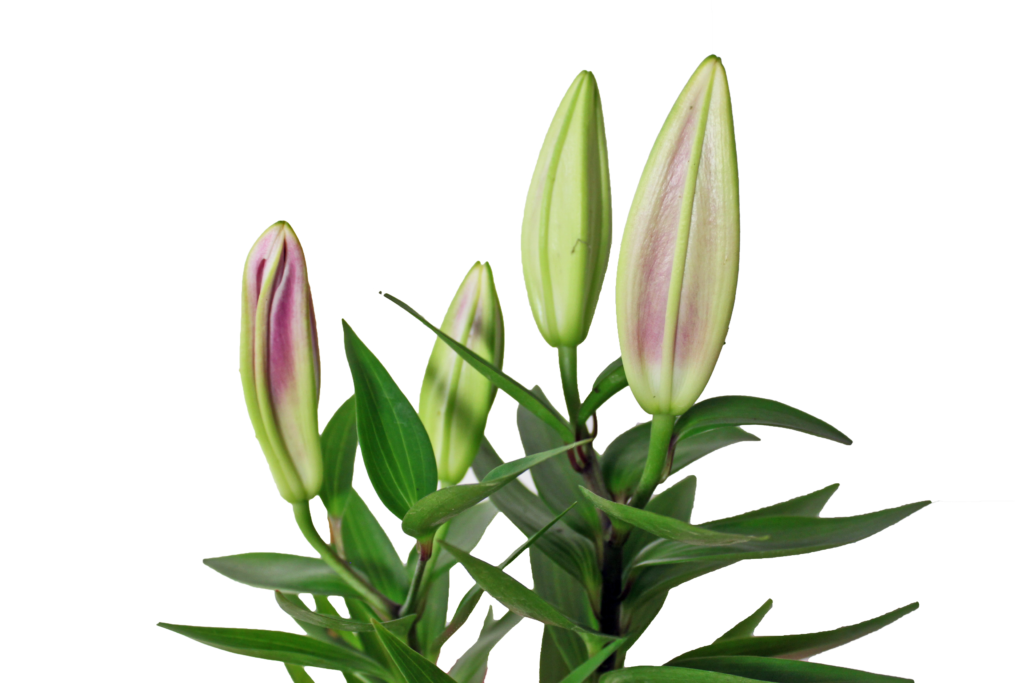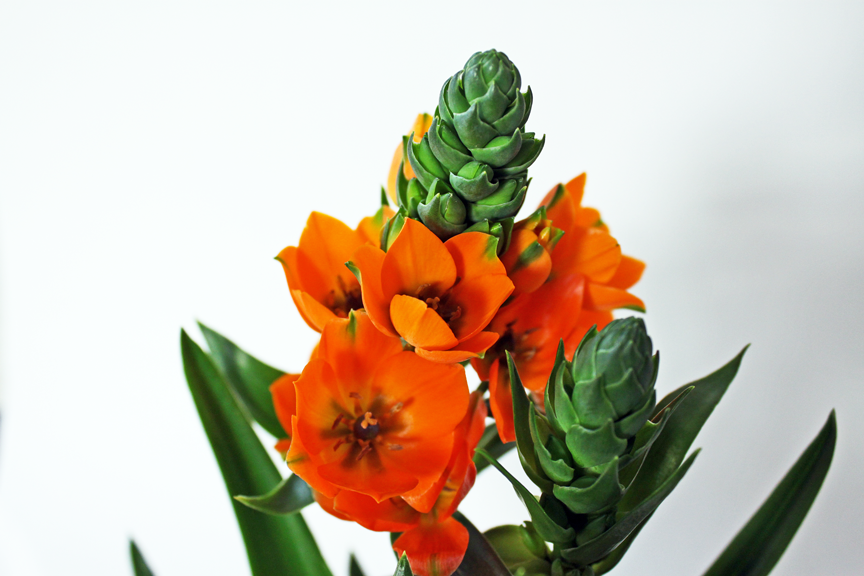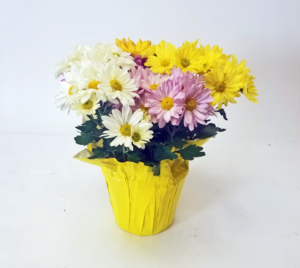We’ve all been tempted to pick the gorgeous plant in full bloom only to find it wilted on our windowsill days later. Find out how to pick out the winner in a pile of foliage.
Bud size
Ideally, a plant with moderately tight buds is a good choice. When a plant is all flowers and no buds, you may have already missed out on its peak and are only catching its finale.

On the other hand, too tight of buds makes it hard to gauge what the final product will be. For me, I like to pick a plant with slightly open buds, or at least buds with touches of color. This way, I can visualize what it will look like when it really blooms. But if you’d prefer a surprise, go for the tight buds!
Buying a plant for your friend’s birthday next week? Tight buds are your friends here. This allows the plant a buffer zone so that it blooms just at the right moment.
Number of buds
Now it’s not just the size that matters, try finding plants with many buds of any size. Small buds indicate the plant is healthy and has a bright future in flowering. Plants with a few blooms also prove the plant can thrive.

Leaves
Look beyond the flowers to the greenery beneath. Look at the very base of the plant and choose one with dense, dark green stems and leaves. Sparse and/or yellowing leaves could indicate overwatering or other care mistakes. Avoid plants with excessive dead foliage or signs of wilting.
Soil Quality
Fresh soil is moist, dark, and a little fluffy. Choosing plants with this base puts you in the best position to succeed with your new plant in the long run.
On the other hand, the soil shouldn’t be so moist it’s in standing water. Avoid plants with mushy leaves and stems for these may be irreparable.
Bigger isn’t better
You see a glorious monster of a plant just waiting to be put in your cart. But hold on. Be sure there is no evidence the plant is root bound. If roots are visible through the bottom or along the surface of the soil, that plant may have been in that pot a tad too long. It’s safest to choose a smaller plant that is more proportional to the pot it is in.
Some plants appear taller than others not because they are healthier, but because they were desperately stretching for light or were packed too tightly with other plants.

The one that sparks joy
There is no 100% fool-proof formula for picking out plants. And sometimes, there’s just that one stand-out plant that appeals to something inside you. Perhaps it’s the colors, the symmetry, or the overall personality of the plant. In this case, I say follow your instincts!
I hope these simple guidelines can help kickstart your next plant adoption! If you’re a plant-revival pro and prefer to save the otherwise doomed plants on the clearance rack, share your tips (and photos) in the comments below!
